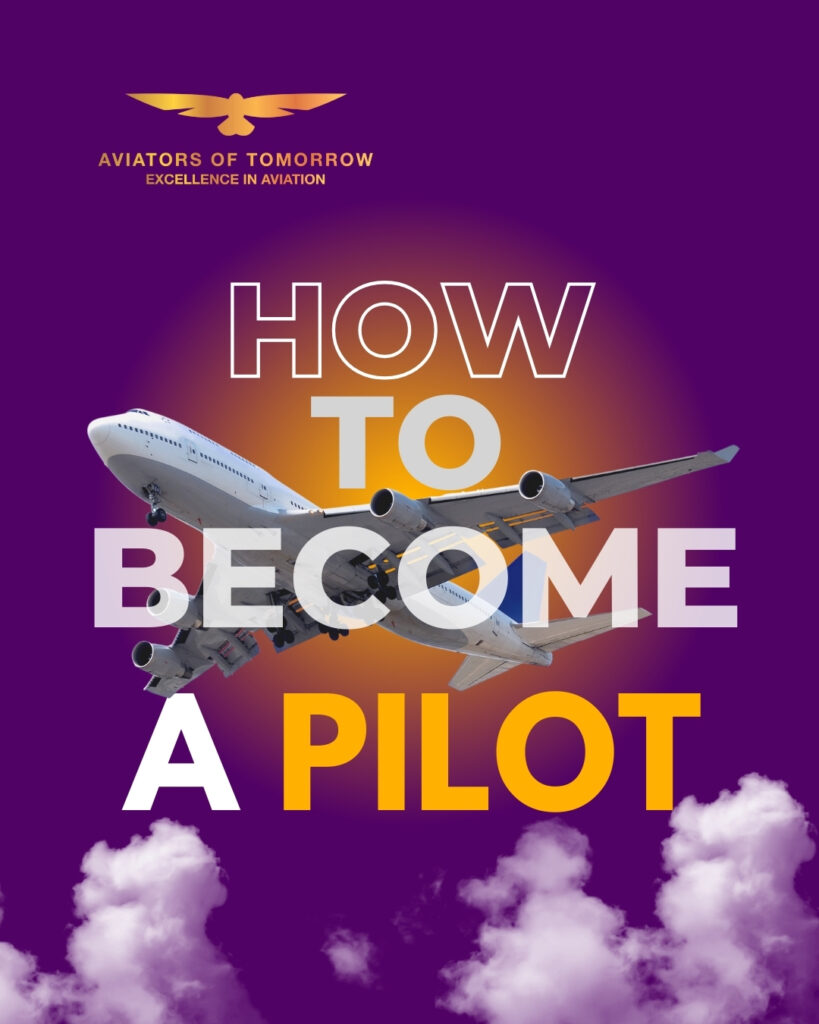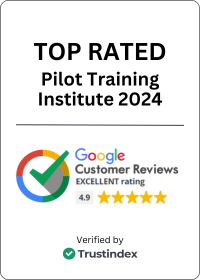How to Prepare for the Pilot Entrance Exam After 12th
Many Class 12 students dream of becoming pilots and flying high in the sky. But most don’t know where to start or what exams are needed. Do you need Physics and Maths? What is DGCA medical (classes 1 and 2)? What is SPL or CPL? What medical tests are required? How do you prepare for the pilot entrance exam after 12th?
Don’t worry — this blog will give you a complete step-by-step guide in simple words. After reading this, you won’t need to search anywhere else.

Table of Contents
Subjects to Choose in Class 11th
The first requirement to become a pilot in India is your Class 11th subjects. You must study Physics and Mathematics as compulsory subjects.
English should also be one of your subjects, because aviation communication is in English.
Minimum marks: At least 50–55% in Physics and Maths (some flying schools ask for more).
If you didn’t take Physics or Maths in Class 11th, you can still apply by passing these subjects later from NIOS (National Institute of Open Schooling) or other recognized boards. This is important because these subjects are compulsory for the pilot entrance exam after 12th.
DGCA Computer Number
Before you can sit for exams, you need a Computer Number from the DGCA (Directorate General of Civil Aviation) pariksha portal.
Go to the DGCA pariksha portal
Create an account and upload documents like 10th & 12th mark sheets, ID proof, and photos.
Once approved, DGCA gives you a Computer Number, this works like your roll number for all pilot exams and medicals.
Without a computer number, you cannot attempt DGCA exams, including the pilot entrance exam after 12th.
For more information about DGCA Computer Number you may read our detailed guide “DGCA Computer Number: Your First Step Towards Becoming a Pilot in India“
DGCA Medicals (Class 2 & Class 1)
Pilots must be healthy and fit. DGCA checks this through medical examinations.
For more information you may read our blog “DGCA class 2 medical and class 1 medical“
Class 2 Medical
Done before you apply for SPL.
- Tests: Height, weight, eyesight, hearing, blood pressure, urine, and blood tests.
- Validity: 2 years (below 40 years of age).
- For more information about DGCA class 2 medical, you can read our detailed guide (DGCA Class 2 Medical 2025: Complete Guide).
Class 1 Medical
Needed for Commercial Pilot License (CPL).
- Tests: Eyesight (must be 6/6 with glasses allowed), colour vision, ECG, lung X-ray, hearing, blood tests, mental health check.
- Validity: 1 year (below 40), 6 months (above 40).
- For more information about DGCA class 1 medical, you can read our detailed guide (DGCA Class 1 Medical: Complete Guide)
If you had LASIK eye surgery, DGCA allows it, but only after 6 months of stable vision. Passing these medicals is essential before attempting the pilot entrance exam after 12th.
Importance of DGCA Ground Classes
Enrolling in DGCA ground classes is one of the smartest decisions for any aspiring pilot. These classes not only help you crack the mandatory DGCA exams but also give you a solid understanding of aviation theory, which is crucial once you step into the cockpit. From navigation and weather studies to air regulations and aircraft systems, ground classes ensure that you are well-prepared for both written tests and real-world flying situations. In fact, many successful pilots say that a strong grip on ground subjects made their actual flying training much smoother and more enjoyable.
If you also want to become a pilot and start your journey after 12th, just fill the form below. Our team will guide you with the right steps, the right timing, and the best way to begin your aviation career.
Stand a chance to win 100% scholarship & start training with India’s trusted aviation institute.
Apply & Check Eligibility
Apply Now!Ground classes & DGCA Theory Exams
Before flying solo, you must clear DGCA’s theory exams. These are:
- Air Navigation
- Air Regulations
- Aviation Meteorology
- Technical General & Specific (aircraft knowledge)
- Radio Telephony (RTR(A)) – for cockpit communication
These exams are tough, but with proper training, students can clear them easily. Ground school preparation usually starts soon after the pilot entrance exam, after 12th.
For more information you may read our full blog “DGCA Ground Classes: Complete Guide“
Student Pilot License (SPL)
Once you clear Class 2 Medical and have your Computer Number, you can apply for an SPL.
- Age: Minimum 16 years.
- Requirements: Class 2 Medical + Class 10 pass certificate.
- Exam: Small oral/written test in subjects like Air Regulations and Basic Aviation.
- Issued by: A flying school approved by DGCA.
SPL allows you to start your first flying lessons with an instructor, which is a stepping stone after clearing the pilot entrance exam after 12th.
Private Pilot License (PPL)
- Age: Minimum 17 years.
- Requirement: SPL, Class 2 Medical.
- Flying Hours: About 40–50 hours of flying.
- Use: PPL is not for commercial flying. It allows you to fly small aircraft for fun or practice.
Many students skip PPL and go directly for CPL training after SPL, especially if they’ve already cleared the pilot entrance exam after 12th.
Commercial Pilot License (CPL)
This is the most important step for becoming a professional pilot.
- Age: Minimum 18 years.
- Medical: Must have Class 1 Medical.
- Flying Hours: At least 200 hours, which includes:
- Solo flights
- Cross-country flights
- Night flying
- Instrument flying
- Simulator training (20 hours as per DGCA rules)
- Solo flights
- Exams: Must pass all DGCA theory exams + RTR(A) + English Language Proficiency (ICAO Level 4).
For more information about Commercial Pilot license you may read our blog “Commercial Pilot Licence Training: Complete Guide“
After completing CPL, you can apply to airlines for jobs. The journey usually starts with the pilot entrance exam after 12th and ends with securing your wings as a commercial pilot.
Airline Transport Pilot License (ATPL)
Required to become a Captain of an airline.
- Eligibility: Must already have a CPL.
- Experience: At least 1,500 hours of flying.
- Exams: Advanced theory papers and simulator tests.
For more information about Airline Transport Pilot License you may read our blog “Understanding ATPL: The Ultimate Goal in a Pilot’s Career“
ATPL is the final professional license for airline pilots, but the foundation is laid with the pilot entrance exam after 12th grade.
For more information about all the pilot licence you may read our blog “Types of Pilot License: Your Complete Guide to Aviation Licenses“
Alternate Path – Indian Air Force (NDA Route)
Not all students go to flying schools. Some become pilots by joining the Indian Air Force (IAF).
- Appear for the NDA exam after Class 12.
- Clear SSB interview + CPSS pilot aptitude test.
- Pass Class 1 Medical.
- Train as an Air Force cadet → become a fighter pilot.
Later, after service, you can convert your license to a civil airline. Even here, preparing for the pilot entrance exam after 12th helps because the NDA route also tests Maths, Physics, and aptitude.
Cost of Pilot Training
Becoming a pilot requires investment. Here’s a rough idea:
- SPL & PPL training: ₹5–10 lakh
- CPL training: ₹35–45 lakh
- Type rating (aircraft-specific training, e.g., Airbus/Boeing): ₹25–30 lakh
- Cadet programmes: ₹80 lakh – ₹1.2 crore (all included)
- Total cost: Around ₹50 lakh to ₹1 crore, depending on the path.
Knowing this cost early is important so you can plan finances along with preparing for the pilot entrance exam after 12th.
Path to CPL in India
Educational Eligibility
- Complete Class 12 with Physics, Mathematics, and English (minimum 50% marks).
- If you didn’t have Physics/Math, you can take them via NIOS or other recognized boards.
Medical Certification
- Class 2 Medical: First step, required to apply for DGCA Computer Number.
- Class 1 Medical: Mandatory before starting flying training. Can be done after Class 2 or in parallel.
Apply for DGCA Computer Number
- Register on the DGCA pariskha portal and submit documents.
- This number is essential for appearing in DGCA theory exams.
Get SPL (Student Pilot License)
- Join a DGCA-approved flying school.
- Pass a basic oral/written test and medical check at the school.
Pass DGCA Theory Exams
- Subjects include:
- Air Navigation
- Aviation Meteorology
- Air Regulations
- Technical General & Technical Specific (based on aircraft type)
- You can prepare while flying training or before.
Flying Training
- Minimum 200 hours total flying time required:
- 100 hours as Pilot-in-Command (PIC)
- 20 hours of cross-country
- 10 hours of instrument flying
- 5 hours of night flying
For more information about Flying training you may read our blog “Complete Guide to Pilot Training in 2025“
Clear ELP & RTR(A)
- ELP (English Language Proficiency): Mandatory for radio communication.
- RTR(A): Radio Telephony Restricted (Aeronautical) license issued by DGCA.
Apply for CPL
- Submit all documents, logbook, exam results, and medicals on eGCA.
- DGCA will verify and issue your Commercial Pilot License (CPL).
Path to ATPL (Airline Transport Pilot License)
Gain Experience
- Accumulate 1,500 hours of flying time.
- Must include:
- 500 hours as PIC
- 250 hours of cross-country
- 100 hours of night flying
- 75 hours of instrument time
Pass ATPL Theory Exams
- Subjects include:
- Advanced Navigation
- Advanced Meteorology
- Radio Aids
- Flight Planning
Apply for ATPL
Submit via eGCA once all flying and exam requirements are met.
Apply to Airlines
Some airlines may require additional simulator checks or internal exams.
With CPL (and eventually ATPL), you can apply for airline jobs.
This entire checklist begins with clearing the pilot entrance exam after 12th, which acts as your first gateway to aviation.
What’s Changing Soon?
- DGCA has proposed removing the compulsory PCM (Physics, Chemistry, Maths) rule. If passed, even Arts/Commerce students may apply after passing special exams. (This rule change still requires final approval from the Ministry of Civil Aviation and the Ministry of Law before it becomes official.)
- Simulator hours are now mandatory for CPL. The DGCA mandates a minimum of up to 20 hours of simulator training for instrument flying during CPL training. (This rule is approved)
- Flight schools must show clear information about aircraft and instructors to students.
These changes may also impact the format of the pilot entrance exam after 12th, so students should stay updated with DGCA notifications.
Conclusion
Becoming a pilot after Class 12 is challenging but also exciting. The journey is clear: choose PCM in Class 12 → get DGCA computer number → clear medicals → get SPL → pass exams → start flight training → complete CPL training → apply for jobs.
It takes hard work, money, and dedication, but the reward is huge: a career above the clouds, flying around the world, and living your dream. Remember: Start early, plan well, stay healthy, and keep learning. Your sky is waiting — and it all begins with the pilot entrance exam after 12th.
Fill the form below and take your first step toward becoming a pilot.
Stand a chance to win 100% scholarship & start training with India’s trusted aviation institute.
Apply & Check Eligibility
Apply Now!
